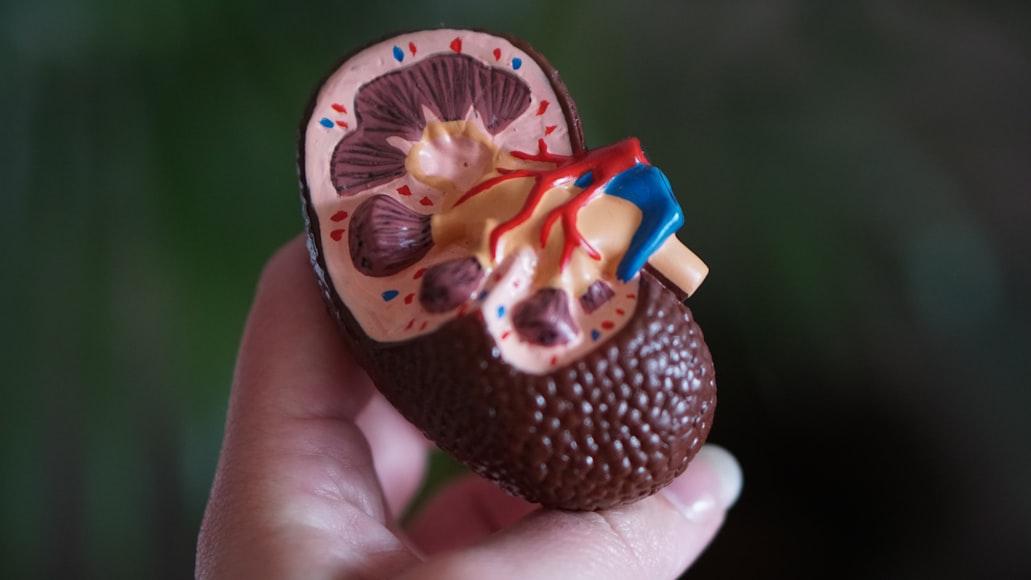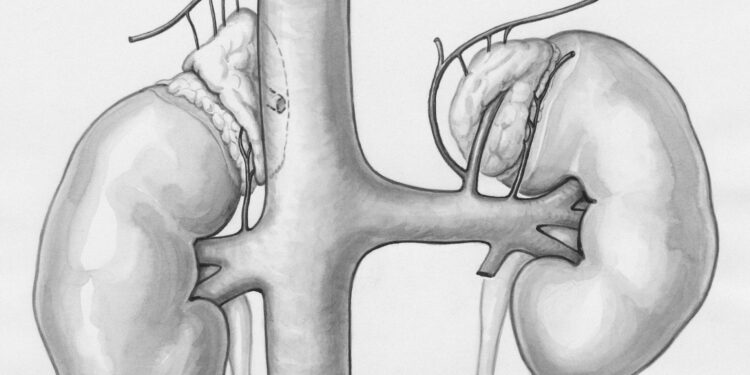Affecting about 1in 500 to 1000 people around the world, polycystic kidney disease is one of the most common inherited diseases. Many people with this condition end up having chronic kidney disease and high blood pressure.
Polycystic kidney disease is a genetic condition where lots of fluid-filled sacs called cysts, grow in the kidneys. Over time, these cysts can grow bigger, making the kidneys swell and lose their ability to work. In this article, we’re going to learn about the types, symptoms, and progression of polycystic kidney disease.

Types of Polycystic Kidney Disease
Autosomal Dominant Polycystic Kidney Disease (ADPKD): ADPKD is the most common type of polycystic kidney disease which usually shows up in adults. It only takes inheriting one copy of the faulty gene from one parent to develop it.
Autosomal Recessive Polycystic Kidney Disease (ARPKD): This type is less common and usually occurs in babies or young children. For a child to have ARPKD, it simply means that both parents passed down the faulty gene to them.
Symptoms and Progression of Polycystic Kidney Disease (PKD)
When someone first starts having symptoms as it relates to polycystic kidney disease, they’ll notice
- Pain on the side or just below the ribs
- Heavy sensation in the belly
- Blood in the urine
Progression of the Disease
As PKD gets worse, it causes:
- Kidney enlargement
- Kidney failure
Complications of Polycystic Kidney Disease
Just like any other disease, a polycystic kidney can also cause other issues. The first is high blood pressure because enlarged kidneys can interfere with how blood flows through them. Asides high blood pressure, PKD also makes it easier to develop kidney stones because they change how the kidneys filter and process minerals and waste. Finally, PKD doesn’t just affect the kidney, it can also cause cysts in neighboring organs. That’s because the same genetic factors that led to kidney cysts can also lead to liver cysts.
Causes of Polycystic Kidney Disease
Polycystic kidney disease is mainly caused by changes called mutations in specific genes. The two main genes involved are PKD1 and PKD2. If there is a mutation in the PKD1 gene, which happens in the more common form called autosomal dominant polycystic kidney disease, the disease usually gets worse faster. But if the mutation is in the PKD2 genes, the disease tends to be milder and shows up later on in life.
PKD can be passed down in different ways depending on the type. For autosomal dominant polycystic kidney disease, it’s a 50% chance that the gene will be passed down to the child if one parent has a mutated gene. So if the mom or the dad has it, there’s a 50% chance that the child would have the faulty gene.
On the other hand, autosomal recessive polycystic kidney disease can be passed down to the child if both parents carry the mutated gene. There is a 25% chance that a child would actually have the disease, a 50% chance that they’ll be like their parents, and a 25% chance that they wouldn’t have it at all.
Summary
Polycystic kidney disease (PKD) is a common inherited disease that affects about 1 in 500 to 1,000 people. It causes fluid-filled cysts to grow in the kidneys, which can lead to kidney failure and high blood pressure. There are two main types: Autosomal Dominant PKD (ADPKD), which shows up in adults, and Autosomal Recessive PKD (ARPKD), which usually affects babies or young kids. Symptoms include flank pain, a heavy belly, and blood in the urine. PKD can also lead to complications like kidney stones and cysts in the liver.

















